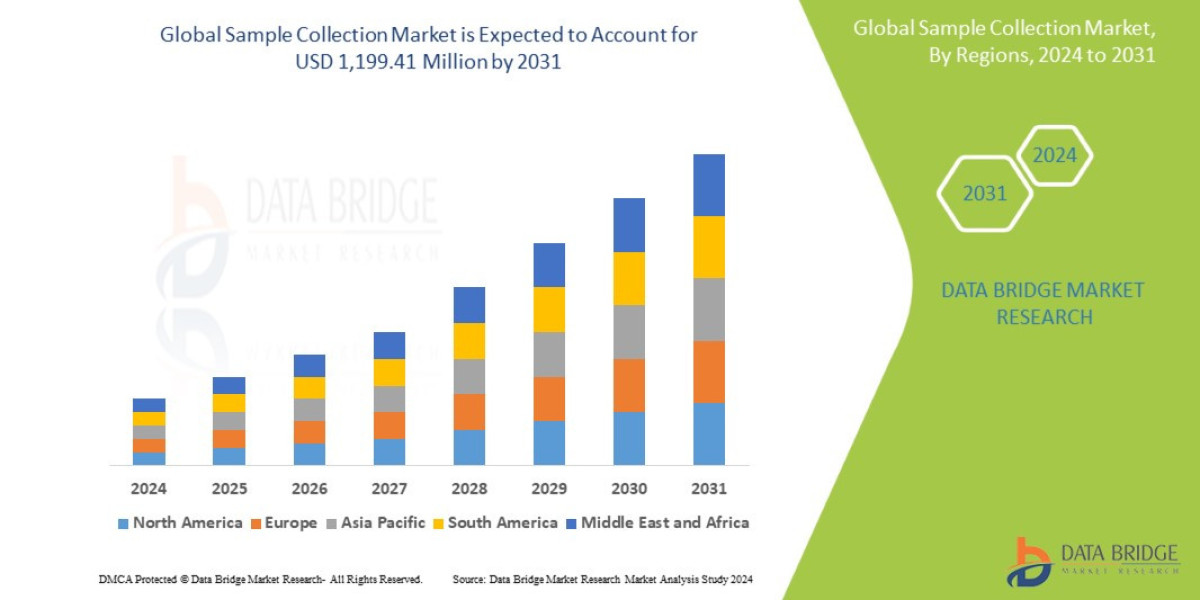Originally published by Quantzig: Potential Transformation: Maximizing Supply Chain Advantage in Retail
In today's retail landscape, sustainability isn't just a buzzword—it's a necessity. As consumers demand more transparency and ethical practices from the brands they support, retailers and CPG companies are under increasing pressure to ensure sustainability throughout their supply chains. This article explores the challenges and solutions involved in achieving sustainability compliance while maximizing supply chain advantage in retail.
Understanding ESG Compliance:
ESG (Environmental, Social, and Governance) compliance has become a cornerstone of modern supply chain management. It involves understanding and implementing guidelines mandated by regulatory bodies to promote sustainability. Companies that fail to meet these standards may face penalties and taxation, making compliance a critical priority.
Key Steps to Navigate the Changing Landscape:
- Establish Ownership: Companies must take ownership of their supply chains and ensure accountability for sustainability initiatives.
- Understand Your Supply Chain End-to-End: Mapping the entire supply chain is essential for identifying compliance risks and sustainability implications at each stage.
- Set Yourself Up for Continuous Improvement: Implementing robust monitoring and reporting mechanisms allows for ongoing evaluation and optimization of sustainability efforts.
Importance of Building a Strong Compliance Policy:
A robust compliance policy serves as the foundation for an efficient governance framework. Clear policies, regular training, and monitoring mechanisms help mitigate risks, ensure legal and ethical conduct, and protect a company's reputation.
Mapping Your Supply Chain Network:
Identifying suppliers, manufacturers, distributors, and retailers is the first step in mapping the supply chain. Assessing compliance risks and sustainability implications at each stage helps identify potential disruptions and environmental impacts.
Digitizing Supplier Information:
Digitizing supplier information streamlines supply chain management by providing real-time insights for quality control, risk management, and sustainability reporting. Digital systems enable transparency, traceability, and proactive decision-making throughout the supply chain.
Structure Data to Meet Regulatory Requirements:
Understanding applicable laws and regulations is crucial for ensuring compliance. By tracking and reporting relevant data, companies can demonstrate adherence to regulatory requirements and mitigate risks associated with non-compliance.
Ensuring Sustainability Compliance:
Sustainability compliance requires measurement and corrections at every stage of the supply chain. Proactive programs and efficient analytics help identify and address compliance issues, ensuring alignment with regulatory standards.
Success Story:
Client Details: A leading F&B retailer in Canada.
Challenges Faced by the Client:
The client encountered challenges in ensuring compliance with chemical usage by farmers in their sourcing process for frozen food products.
Solutions Offered by QZ:
Quantzig devised an automation and process engineering solution to enable self-compliance for farmers through a purpose-built mobile app. This solution streamlined compliance checks and provided advisory support to farmers for minimizing environmental impact.
Impact Delivered:
- Informed tactical decisions backed by data
- End-to-end process automation
- Valuable insights on entire supply chain operations
In conclusion, navigating sustainable supply chains is essential for retail success in today's market. By prioritizing compliance, understanding the supply chain, and leveraging digital solutions, companies can achieve sustainability goals while maximizing their competitive advantage.








